Government Initiatives and Funding
Government initiatives play a pivotal role in shaping the Automatic Toll Payment Machine Market. Many governments are investing in infrastructure improvements, including the installation of automatic toll payment systems. For instance, recent reports indicate that several countries have allocated substantial budgets for upgrading toll facilities to enhance efficiency and user experience. This funding is often tied to broader transportation and smart city initiatives, which aim to modernize infrastructure and reduce traffic congestion. As these government-backed projects progress, the Automatic Toll Payment Machine Market is expected to witness significant growth, driven by increased adoption of automated systems.
Increased Focus on User Experience
User experience has become a central focus within the Automatic Toll Payment Machine Market. As consumers become more accustomed to seamless digital transactions, there is a growing expectation for toll payment systems to offer similar convenience. Features such as user-friendly interfaces, mobile app integration, and real-time transaction notifications are increasingly being prioritized. Recent surveys suggest that 75% of users prefer automatic payment options that reduce wait times and enhance convenience. This shift in consumer preference is likely to drive innovation and investment in the Automatic Toll Payment Machine Market, as stakeholders seek to meet evolving user demands.
Environmental Sustainability Initiatives
The Automatic Toll Payment Machine Market is also being shaped by environmental sustainability initiatives. As governments and organizations strive to reduce their carbon footprints, there is a growing emphasis on eco-friendly toll collection methods. Automatic toll payment machines that minimize vehicle idling and reduce emissions are gaining traction. Recent studies indicate that implementing these systems can lead to a 20% reduction in emissions at toll plazas. This focus on sustainability not only aligns with global environmental goals but also appeals to a more environmentally conscious consumer base. Consequently, the Automatic Toll Payment Machine Market is likely to see increased investment in sustainable technologies.
Technological Advancements in Payment Systems
The Automatic Toll Payment Machine Market is experiencing a surge in technological advancements, particularly in payment systems. Innovations such as mobile payment applications and contactless payment technologies are becoming increasingly prevalent. These advancements not only enhance user convenience but also streamline the toll collection process. According to recent data, the integration of advanced payment systems has led to a 30% increase in transaction speed at toll booths. This efficiency is crucial for reducing congestion and improving overall traffic flow. As more jurisdictions adopt these technologies, the Automatic Toll Payment Machine Market is likely to expand, driven by the demand for faster and more efficient toll collection methods.
Rising Demand for Efficient Traffic Management Solutions
The Automatic Toll Payment Machine Market is significantly influenced by the rising demand for efficient traffic management solutions. Urbanization and population growth have led to increased vehicular traffic, necessitating the implementation of systems that can manage toll collection effectively. The market is projected to grow at a compound annual growth rate of 8% over the next five years, driven by the need for solutions that minimize delays and enhance user satisfaction. Automatic toll payment machines are seen as a viable solution to address these challenges, thereby propelling the market forward. This trend indicates a shift towards more automated and efficient traffic management systems.


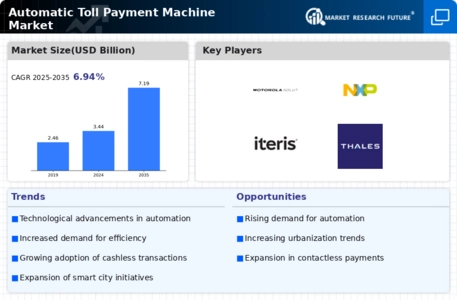
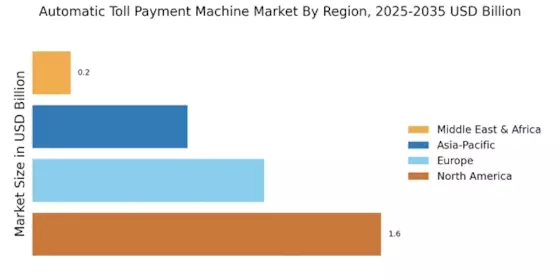
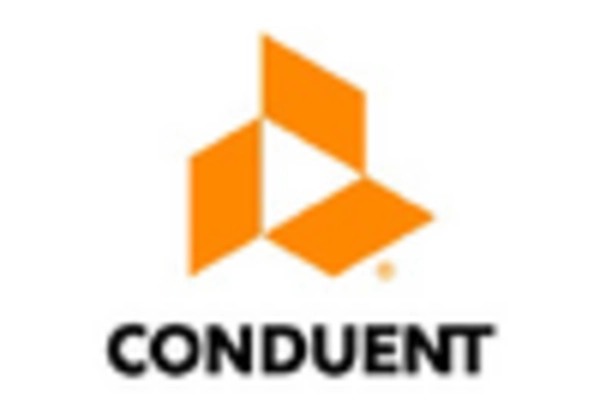
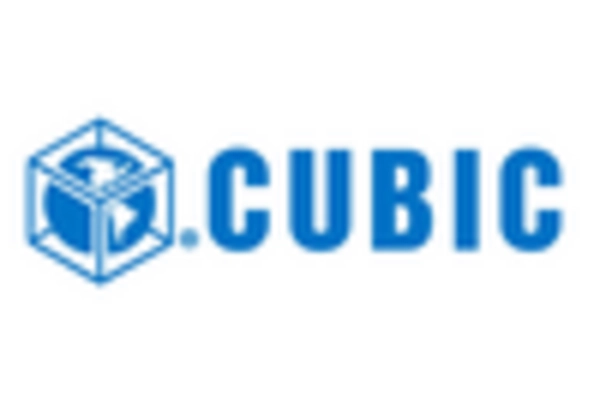
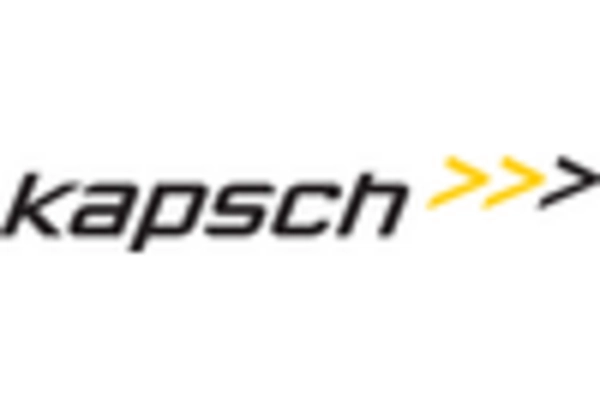


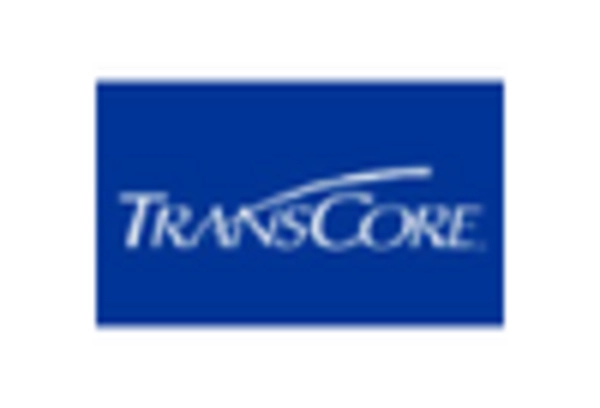








Leave a Comment